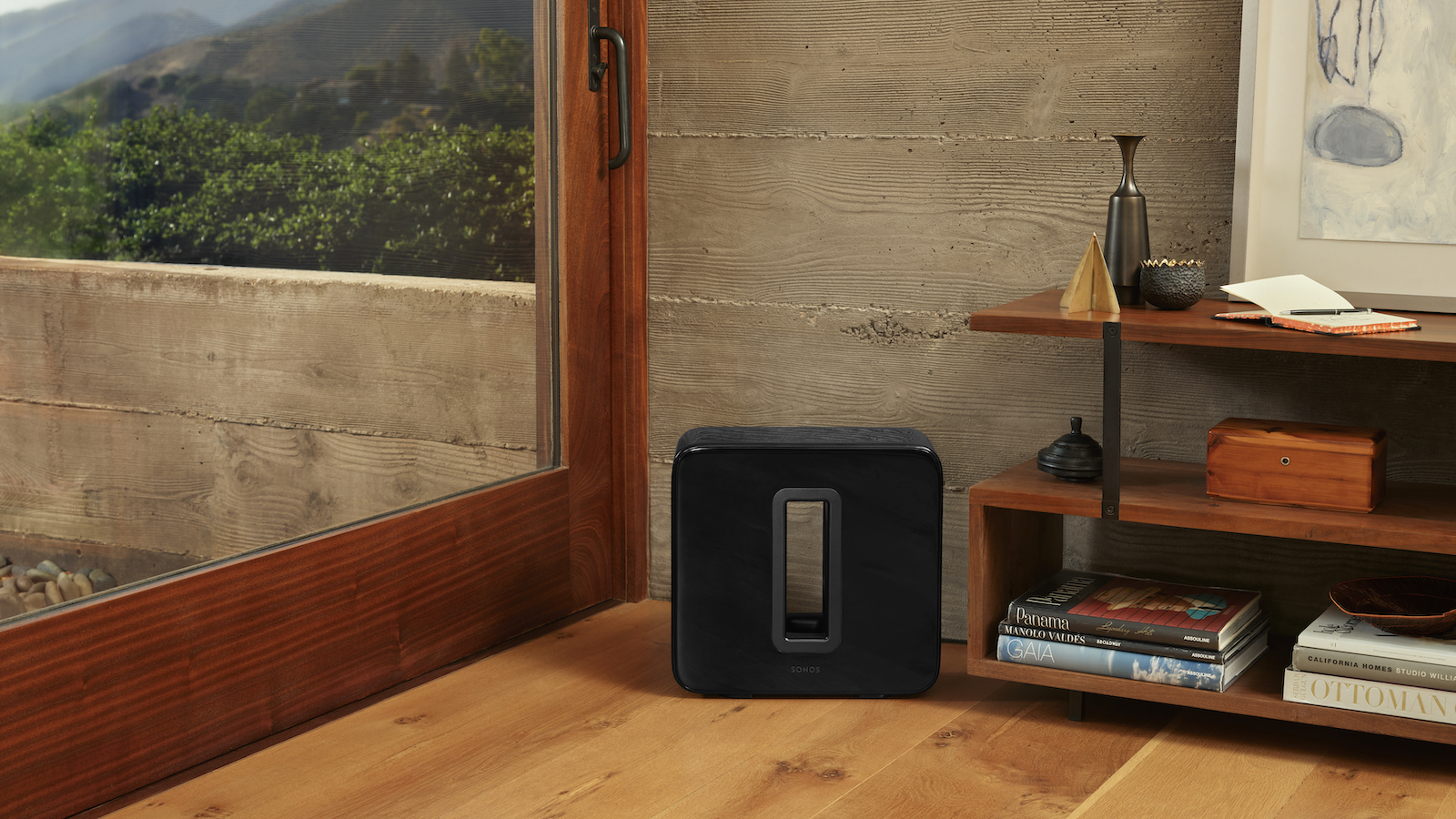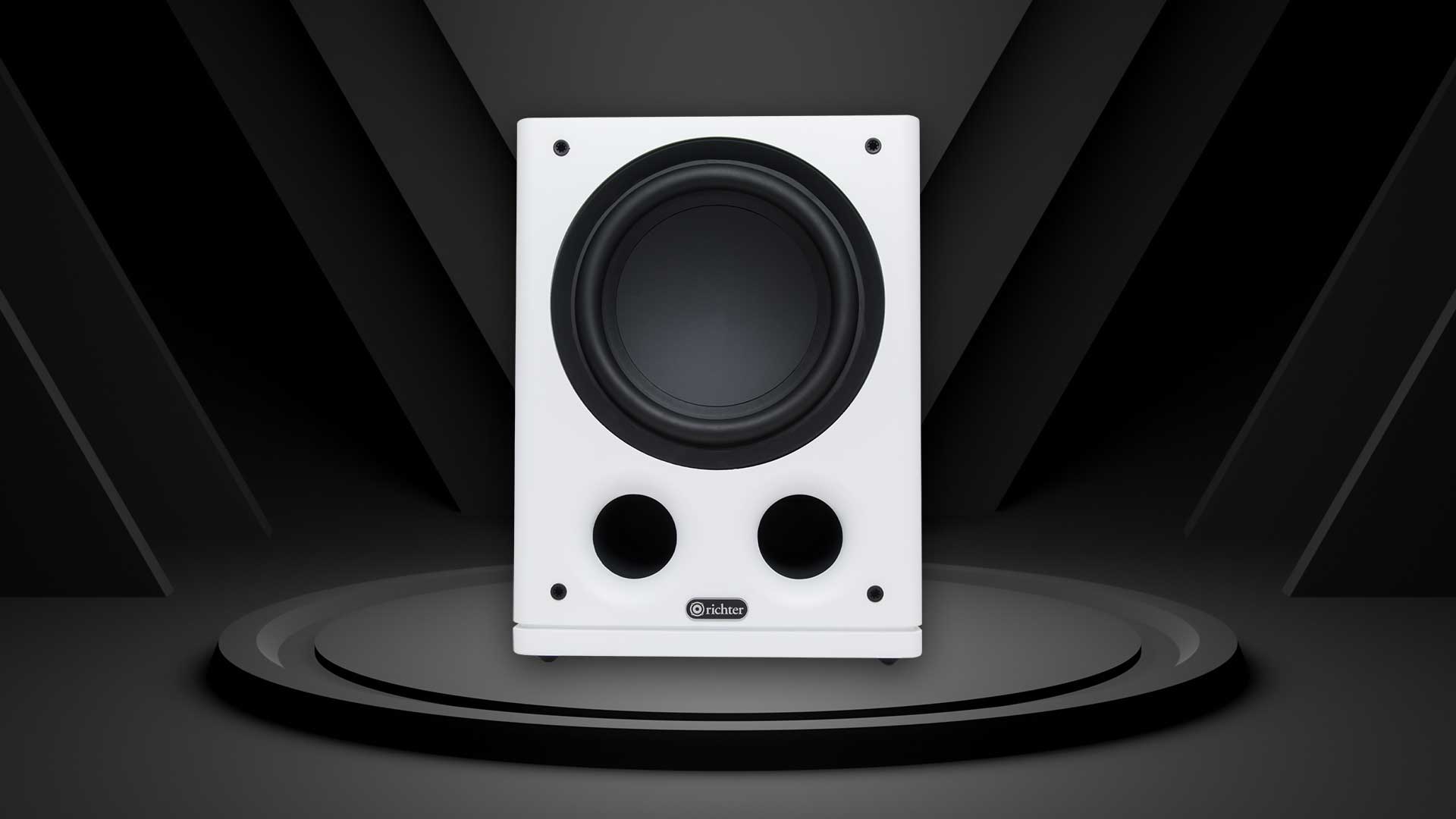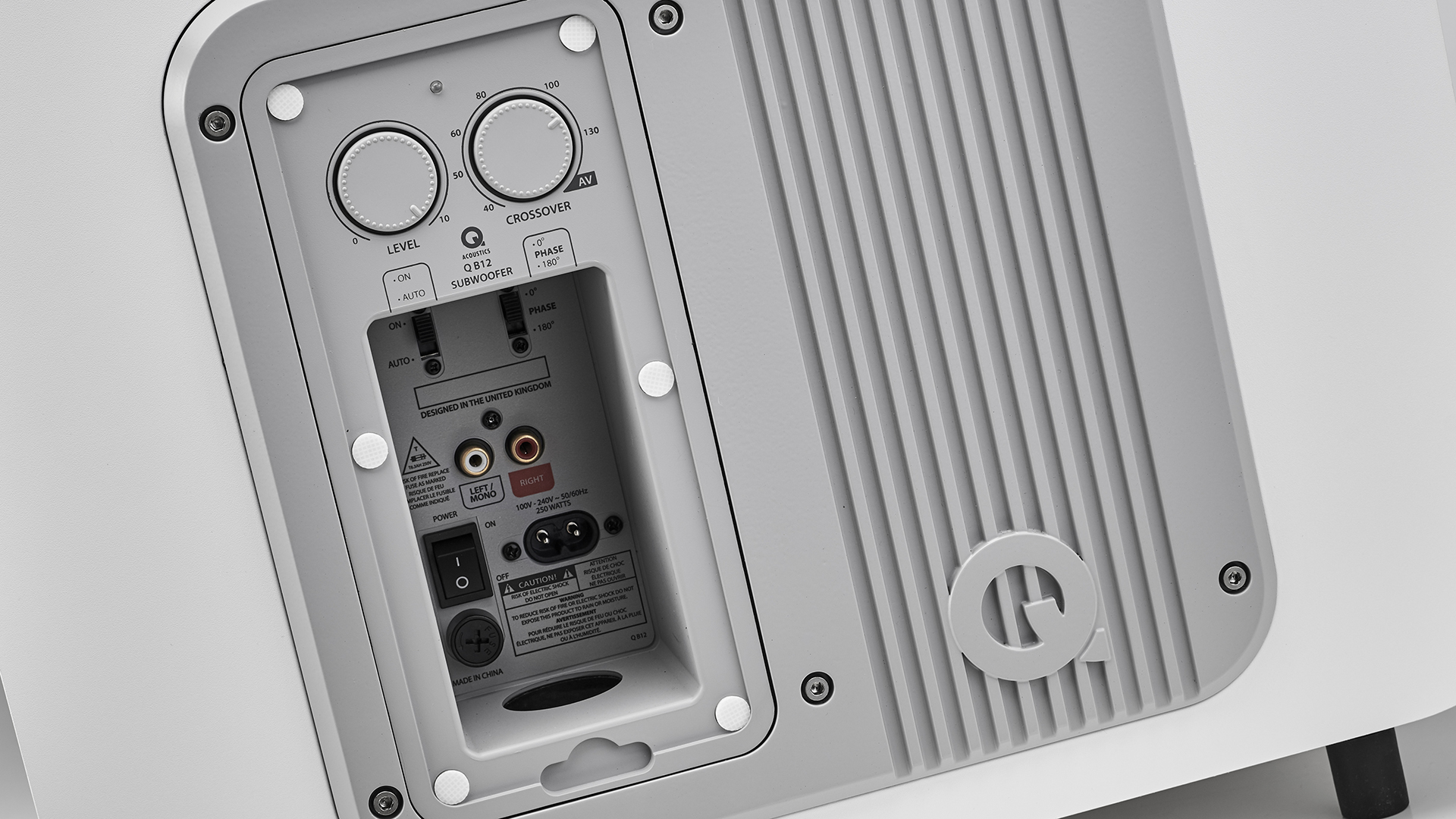
A subwoofer is an essential weapon in an audiophile’s armoury in the pursuit of perfect sound. Despite what their specifications might say, and their manufacturers might claim, very few loudspeakers – even the largest floor-standing models – can reproduce the deepest musical frequencies at appropriate volume levels.
To do this requires a properly-tuned subwoofer, one whose volume, crossover frequency and phase controls have been set in such a way that its output integrates perfectly with that of the partnering speakers. Therein lies the problem: many people don't know where to start with sub setup, and as a result get it very wrong indeed. In fact, we'd say if there's one factor that most commonly lets an otherwise great home cinema system down, it's the relationship between the subwoofer and the rest of the speakers.
But don't worry: we're here to take you through our tips for achieving beautiful bass. Get these simple steps right, and your sub will be everything it's meant to be: powerful when needed, room-shaking when desired, subtle when it's asked to be and silent when it should be.
Where to position your subwoofer
Let’s start with positioning. For starters, deep bass is less directional than treble or midrange, so you can put your sub almost anywhere. However, you can get better results if you do some fine-tuning – and here's how.
For the best integration with your room, try to find a room 'node'. Place your subwoofer where you usually sit, connect it, and then disconnect your speakers (at the amp end). Play a piece of music with plenty of good bass, and then walk around your room, listening to the low frequencies.
As you walk around, you’ll hear the bass alternately get stronger and weaker, caused by the interaction of the bass notes and your room's acoustics. At some points in the room, the bass might be so weak that you will barely be able to hear it at all. Conversely, you'll hear lifts in bass in several places and you should mark all these spots by sticking some white tape to the carpet. Once you have covered the entire floor area, your carpet should be littered with bits of white tape. These are 'nodes', and your sub should go in one of these locations.
If you only ever listen to your system yourself, you can now move the subwoofer anywhere there’s a bit of tape, and this will be a good position for the room and your listening position. Since you'll usually have several spots to choose from, choose the most convenient location, where the subwoofer will be the least conspicuous and the most out-of-the-way. Proximity to a power point would be another consideration.
If someone usually listens to music with you – or watches movies with you – you should now move the subwoofer to where their head would usually be, and repeat the entire ‘walking around’ process, but this time it will go much faster, because you will only have to listen at the spots you have already taped. If the bass is still strong at a point, leave the tape on the floor. If the bass is now weak at this point, remove the tape. This time around you will find that you can put the subwoofer anywhere there’s tape and be assured of getting good bass at the listening position.

How to set subwoofer levels – volume, crossover and phase
Subwoofers often have three adjustment dials – volume, crossover and phase. Phase can alternatively be a simple 0/180-degree (‘polarity’) switch. The volume level speaks for itself; the crossover level sets the highest frequency your subwoofer will play, where it’ll take over from your main speakers; and the phase setting helps align the timing of the sub’s bass frequencies with the frequencies delivered by the main speakers to ensure they all arrive at the listening position at more or less the same time.
Don't – repeat don't – turn the volume up too much on your subwoofer. It's one of the most common failings we hear in systems. Bass should underpin your sound, contribute to it where appropriate, and on occasion, shake your sofa on its springs – but it isn't supposed to dominate the sound completely. Remember, whether you're watching Top Gun: Maverick or listening to Joni Mitchell, realism is the greatest sonic virtue of all.
So, if there's no need for bass in a particular scene (say, a long sequence of dialogue) then there shouldn't be a peep out of the sub – so don't turn your subwoofer up so you can hear it all of the time. You're not meant to.
The easiest way to set your subwoofer levels is to play a piece of stereo music that you're familiar with. Turn the subwoofer's volume level up until you can just hear the bass starting to dominate a little too much – and then drop the volume back a tad. This might not be a completely scientific method, but it works.
The more scientific method revolves around a calibration procedure. These days, AV receivers include step-by-step test-tone adjustments and settings to set optimal levels and sync your subwoofer to your speakers. But if yours doesn’t, or you want to do it manually, here’s how we’d go about it...

Firstly, you’ll need a test-tone generator app (like the free Audio Function Generator for iOS) on a phone/tablet that is connected, wired or wirelessly, to your home cinema system. You’ll also need an SPL (Sound Pressure Level) meter, though it is possible to get an app that does the same thing. That device should be placed in the listening position, at the point where your head would be. Note, in most cases we've found that a single phone or tablet won't run the tone generator and SPL apps together, so you will probably need two such devices.
With that in place, disconnect the subwoofer from your receiver and play the Pink Noise test tone through the main speakers. This process should only be done when the background noise levels of your room are minimal. Gradually increase the volume level on your receiver until the SPL meter shows a figure of somewhere between 70dBSPL and 80dBSPL. The exact number isn't critical, but we tend to use 74dB.
Now turn off or disconnect the main speakers, and then reconnect the subwoofer, with the subwoofer’s volume knob set to zero, its phase control set to 0 degrees, and the subwoofer’s crossover control set at its highest possible frequency. Now play the same test tone again, slowly increasing the level of the subwoofer’s volume control knob until the sound pressure level reading on your phone is the same as it was for the speakers. Leave the subwoofer’s volume control knob in this position.
The crossover setting, meanwhile, depends on the main speakers the subwoofer is working alongside. Whatever your speaker’s frequency range (usually stated in the manual), the crossover should be set around 10Hz above the lowest parameter. The THX standard and most typical crossover point is 80Hz.
As for the phase, you want the dial/switch in the position where the bass sounds loudest and fullest. Have someone increase or flip the phase between 0 and 180 while you’re listening to the test tones through your subwoofer and front channels, and see if the SPL level goes up or down. You want to settle on the point at which SPL levels are the highest, representing the point at which the subwoofer and your main speakers are working together rather than against each other.
MORE:
Best subwoofers 2024: deep bass for music and movies
McIntosh's bassy PS2K powered sub is a mammoth unit with an equally mammoth price tag







